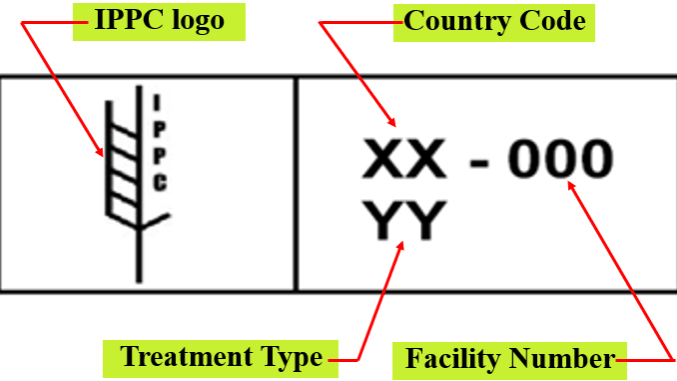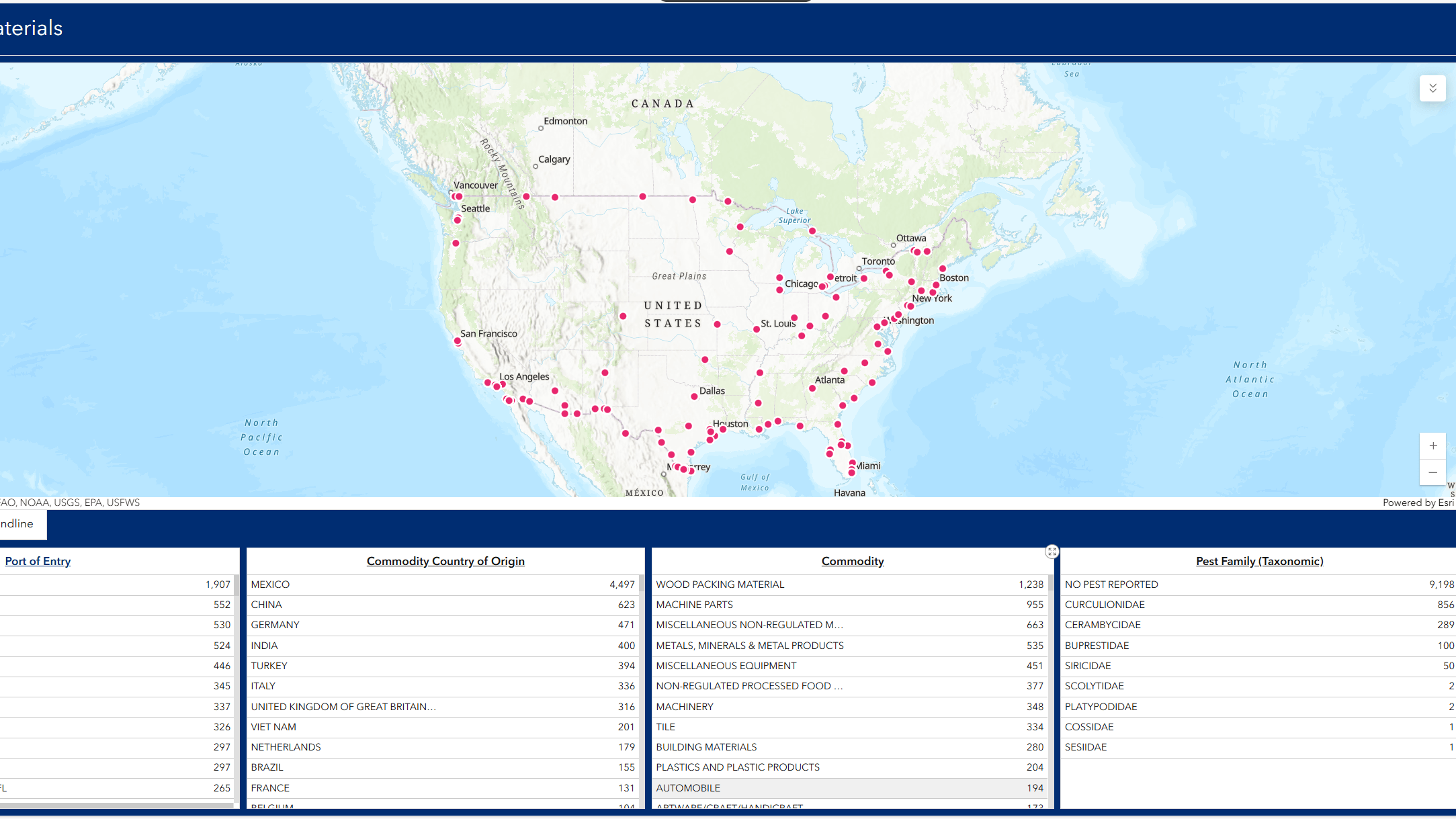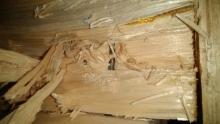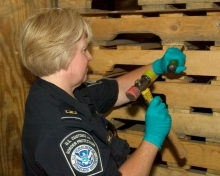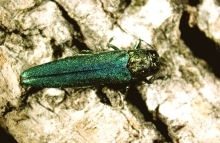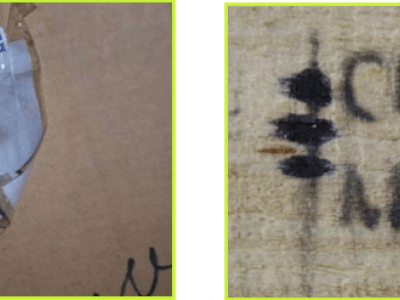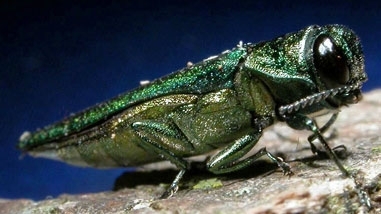Import ISPM 15-Compliant Wood Packaging Material into the United States
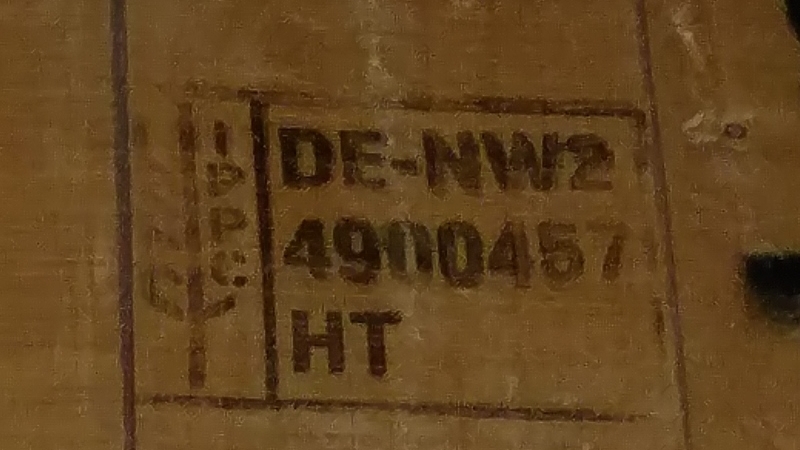
As an importer, you must ensure that all wood packaging material (WPM) entering or transiting the United States is pest-free, debarked, heat-treated or fumigated, and marked with an ISPM 15 logo certifying that it has been appropriately treated. Shipments containing noncompliant WPM will not be allowed to enter the country.
Upcoming Events
No events are scheduled at this time. Please check back soon or sign up to receive emails about future webinars and events.
Check Import Requirements
START HERE if you are new to importing WPM or do not know what import requirements apply to your shipment.
The Agricultural Commodity Import Requirements (ACIR) database contains import requirements for many agricultural commodities. This includes WPM such as:
- Pallets, pallet collars, and skids
- Containers
- Crates, boxes, cases, and bins
- Reels, drums, and load boards
- Dunnage
How To Source ISPM 15-Compliant WPM
Noncompliant WPM Dashboard
Some companies may try to pass off noncompliant WPM as compliant. Use our interactive dashboard to make informed decisions about your supply chain.
First time using the dashboard? Watch the tutorial video.
If You Receive an Emergency Action Notification
Agricultural inspectors may issue an Emergency Action Notification (EAN) when a shipment contains noncompliant WPM or otherwise fails to comply with APHIS regulations. It takes a systematic approach to address the immediate issue and prevent future violations. To understand the process, watch our introductory video and view the roadmap steps:
- Review the EAN to identify the specific violation (see box 16; for example, pest interception, prohibited material, or improper documentation).
- Reach out to local CBP (see contact information on the EAN) and APHIS officials to clarify the nature of the noncompliance and determine appropriate corrective actions.
- Immediately contact your overseas supplier to notify them of the issue.
Work with CBP and APHIS officials to address the immediate issue. Depending on the nature of the noncompliance, available options may include:
- Safeguarding the shipment via tarping, knock-down fumigations, or other methods
- Destroying the noncompliant WPM under APHIS supervision to prevent contamination or pest spread
- Re-exporting the shipment to the country of origin or another destination (if the shipment cannot be brought into compliance)
Work with APHIS, CBP, and other relevant parties (such as treatment providers, disposal facilities, or export carriers) to carry out the corrective actions. This includes:
- Coordinating logistics to ensure corrective actions are performed promptly and per APHIS guidelines.
- Documenting and keeping records of all actions taken, including safeguards, re-exportation paperwork, or destruction records.
- Following up with each agency to verify compliance (if CBP and APHIS personnel supervised the corrective actions).
Cooperate with APHIS and CBP as they conduct a traceback investigation to understand what caused the noncompliance. This includes:
- Investigating the shipment's origin, including the exporter, supplier, and production site, to determine where the violation occurred.
- Evaluating the processes at the point of origin to identify gaps in compliance, such as pest management practices or improper packaging.
- Gathering supporting documents (for example, phytosanitary certificates and treatment records) to verify compliance history.
Take the following steps to achieve long-term compliance:
- Provide guidance to your exporter or supplier on APHIS and CBP requirements to prevent similar issues from recurring.
- Recommend or implement improved pest management, packaging, and inspection protocols at the point of origin.
- Review resources from APHIS and CBP to make sure you understand U.S. regulations, documentation requirements, and why compliance matters for your business.
Download Interactive WPM Roadmap (398.22 KB)
Inspection Process Videos
The following is a series of training videos for CBP inspectors on the WPM inspection process:
Signs of Noncompliant or Risky WPM

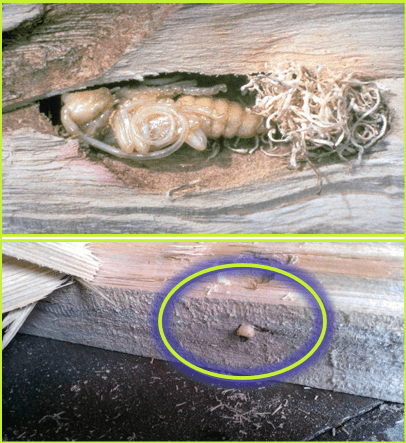
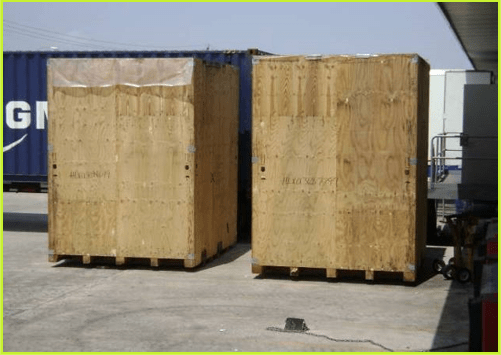
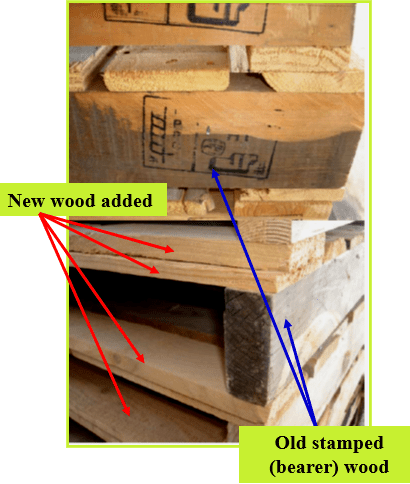
Inappropriately marked. The stamp on the WPM is illegible or does not comply with the standard. In the left photo, the mark is not stamped on the lumber; in the right, there is no border around the stamp and the logo is incorrect.
Infested with pests. As well as pests, inspectors may find feeding damage, trails, exit holes, and frass (insect excrement that looks like sawdust). These are all signs of infestation in WPM.
Unmarked. There is no visible stamp on the WPM.
Mix of new wood and old wood. New WPM is fresh/green cut, sap-visible wood with higher pest probability. Old WPM has very low moisture content, is reused, shows visual damage, and has a lower pest risk. Mixed WPM has characteristics of both new and old WPM.
Alternatives to WPM
Importers may consider using alternatives to WPM. The following products are not subject to APHIS regulation:
- Plywood or pressboard
- Plastic pallets
- Oriented strand board
- Hardboard
- Parallel strand lumber
- Synthetic foam
- Metal frames
- Inflated dunnage
- Masonite veneer
- Laminated veneer lumber
Pests of Concern
Here are some of the harmful, wood-boring pests that can hide in untreated WPM. Learn more about them and help us keep them out of the United States.



